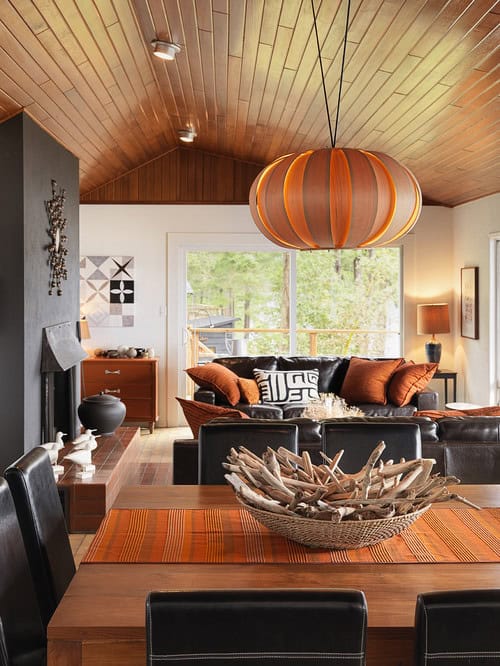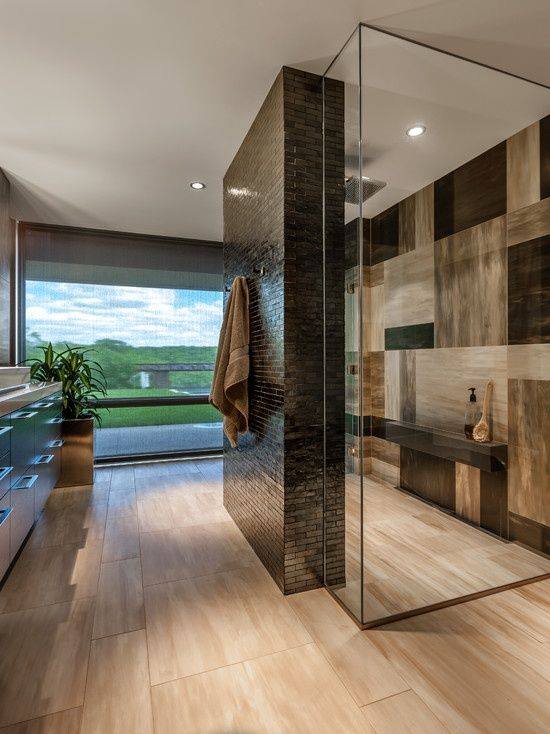Table of Content
Content is fact checked after it has been edited and before publication. Learn about the clustering algorithms that every data scientist needs for analysis. You’ll be in high demand with the right data science skills and... Currently, all that data about your personal habits and preferences is owned by the companies that collect it, and it’s very likely that these companies are selling your information.
The good news was that the company saw a big expected increase in profitability in 2021. Through the first three quarters of 2021 sales rose 23% to $4.4 billion, with the company on track to generate $5.8 billion in sales. The company was on track to post earnings of $1.60 per share as these earnings and a small equity issue made that net debt came down to just over half a billion, roughly equal to the reported EBITDA numbers. This excludes nearly $600 million in indemnification payments, manageable, given their long term tenure. The year 2020 was a lost year, which could be expected as sales did still rise 2% to $5.1 billion, with GAAP earnings again posted at $0.29 per share. The underlying results were better than 2019, with operating profits up, as these advancements were offset by a higher tax rate.
Virtualization—The Future of Cellular?
The system is continuously being upgraded to add new functionality and become more useful. You can even program a smart thermostat, such as NEST, to turn on the lights in your home when you get home from vacation and cool the air as soon as you do. It would be wonderful to program your system so it turns on lights at specific times throughout the day or night.

Including debt, the company was valued at $4.0 billion, that is if we include financial debt . The $1.60 earnings per share number translates into a 15 times multiple, as leverage is under control, albeit that 10% margins are probably quite rich already. Late in 2019, the company warned of worsening earnings, triggering shares to fall to the $10 mark, as I had initiated a small speculative position on the back of all the bad news flow.
The Future and History of Smart Home - What Will Our Homes Be like in 2040
Figure 2 shows the types of smart home products that could be interconnected. The Matter initiative and Infineon’s integrated Matter solutions will allow device makers to simplify their product development and consumer acceptance of their products. For consumers, it will allow them to customize, connect and control their smart home experience in a simple and secure way, while optimizing energy usage in the most effective manner. Equally, and perhaps even more important is the security that can be provided through hardware and software layers in an optimized solution.
In such a future, nomadic lifestyles become yet another norm, and fixed homes will morph into live / work spaces that can be shared with theaccess economy. This is why for many people the idea of a smart home is still relegated to a smart speaker and whatever appliances they’ve got that happen to have compatible smart features. You may think, that the market is like that because there isn’t enough interest from consumers. Statistics, compiled by TechJury, show that 81% of consumers in the US are more likely to buy a new house which already features smart technology. There are still concerns about privacy issues and data breaches, especially with online networks connected to homes.
There will be dedicated tech-free spaces.
These benefits will be the key to opening doors to drive better connectivity, digitalization and decarbonization in this market. In fact, with a team working on energy for a future release, Matter will be used for energy savings and load shifting in the home. This can occur if the original manufacturer takes advantage of this Matter option.
Simplified product development for device makers as they can build one device that is compatible with all the major smart home ecosystems. Until now, they have been forced to choose between ecosystems, each with limited device choices. They struggle when adding a device from different ecosystems. And they then hope the devices and the home ecosystem have adequate security.
These control hubs should be designed in a way that is compatible with most existing connectivity standards such as WiFi and Bluetooth. Smart shower systems such as U by Moen can prepare your preferred water temperature with presets beforehand. There are tubs from Toto that can generate relaxing brain waves as you take a shower. Aromatherapy can be available with the swipe of a smartphone with apps such as Olfinity. Efficiency is also one of the core benefits of using home automation. Devices that can be self-contained or regulated with presets can have more energy savings because it can turn itself off when not used.
With the temperature control system, you can rest without moving off of your couch even in the mild winters of the Maldives, and in the hot summers, you can bring icy coolness to your house. The technology keeps the rooms at a suitable temperature throughout the year. In addition, when you get home from work, you may send a home task from your phone to heat the room and fill the bathroom with warm water, and everything will be ready for you when you arrive.
Without artificial intelligence and the Internet of Things , it would be impossible to think of this home of the future. These two foundational technologies are the central element of an intelligent home. Technology is facing exponential growth where our devices are shrinking in size while getting more powerful.
It analyzed the mechanical aspects of the system for discrepancies and recommended replacements once the hard drive moved out of tolerance. If you lived during the days when desktop computers had substantial CRT monitors, you might remember reading S.M.A.R.T. every time you boot the computer. We are the SMARTHOME news team, with over 30 years of combined experience in publishing, tech and noRead More... Smart home energy systems like the ones from Savant Power use smart electrical panels, solar arrays, energy storage units, and the electric grid to balance energy loads continuously. Among the big challenges will be to lower the energy footprint needed to power all the conveniences we're seeking in a smart home, and to do so in ways that can withstand blackouts. Easy to Follow Tips and Guides about smart home automation.
For example, a fifth of Europe’s energy needs could be sourced through solar energy from panels on existing rooftops. Not only would consumers save on energy bills, but they could also earn extra money by selling excess energy back to the grid. Hopefully, the residential sector currently holds the greatest potential for decarbonization out of all buildings segment.

No comments:
Post a Comment